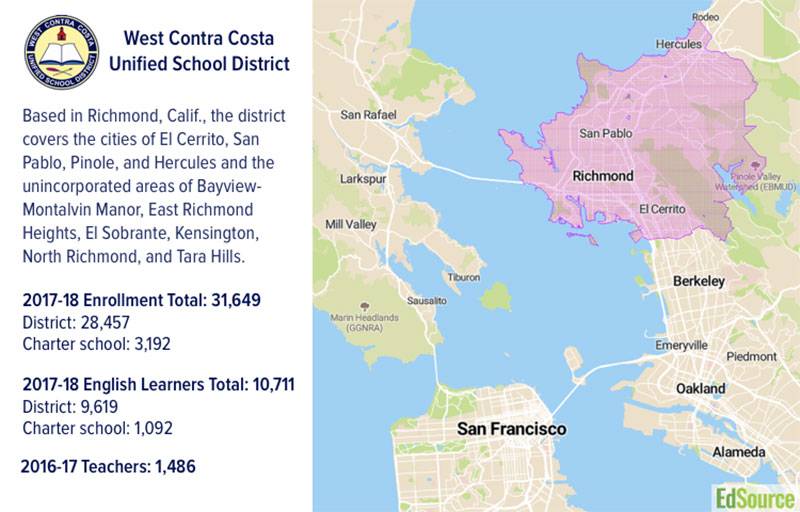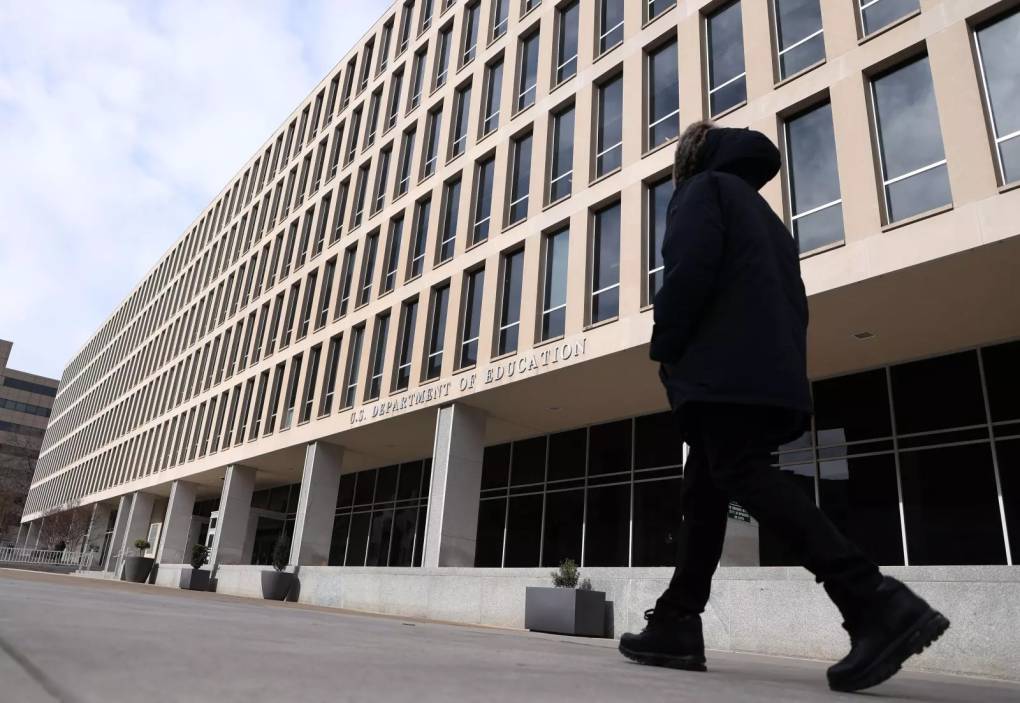Laying off 250 teachers and increasing class sizes are among the potentially unavoidable budget-cutting options facing West Contra Costa Unified School District, the district’s superintendent said.
The Richmond-based district covers the cities of El Cerrito, San Pablo, Pinole, and Hercules and the unincorporated areas of East Richmond Heights, El Sobrante, Kensington, North Richmond, Bayview-Montalvin Manor and Tara Hills.
To come up with cuts totaling $32 million for 2020-21, “layoffs may be an unavoidable part of the solution,” said Superintendent Matthew Duffy in a recent budget update, adding that cuts to central office administrators “sadly will be severe.”
In a message to the community that includes Richmond and surrounding areas, Duffy wrote: “All of the reductions that will be made are painful and will in some way change the way this district provides services. As we tackle this problem and search for solutions, I want you to know that we are keenly aware of the potential impact these decisions will have on the programs and services the district provides to students and families.”
The district and teachers’ union met Wednesday to negotiate the teacher cuts, as well as alternative cost-cutting options, which are expected to save $16 million.
“They have indicated that if we don’t come to some sort of agreement, they will be laying off 250 members and that doesn’t include other (non-teaching) staff,” said Demetrio Gonzalez-Hoy, president of the United Teachers of Richmond union. “So, we believe they could actually lay off about 400 employees.”




